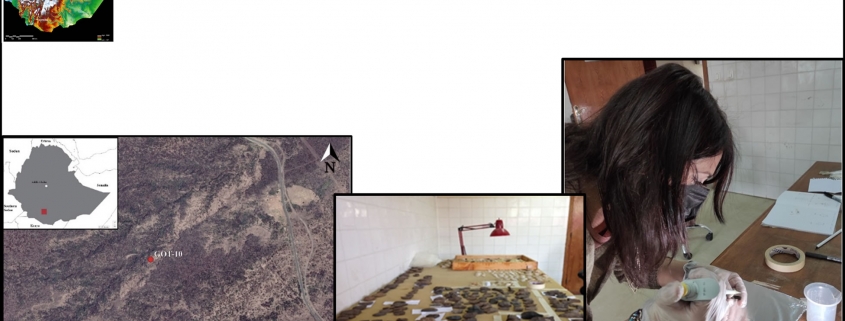Sites excavation director: E.E. Spinapolice, Department of Classics, Sapienza University of Rome
LTFAPA project: use-wear and residues analyses of chipped stone tools of the Area of Gotera
The area of Gotera, southern Ethiopia, is characterized by strong evidence of human occupation referred to the African Middle Stone Age (MSA).
It was discovered by Jean Chavaillon in the late 70’s, and since 2016 University of Rome La Sapienza is carrying out newly excavation and survey activities in the area. The aim of this research is the reconstruction of settlement dynamics and exploitation strategies of human groups during the Late Pleistocene in an area poorly analysed.
During four field seasons conducted in 2018, a high concentration of archaeological materials (both lithics and fauna) has been found and recorded in surface in an area of 2km2 and the discovery of the GOT-10 site in 2018 provided an archaeological sequence in a primary depositional context, yielding faunal remains, lithic implements, and structured fireplaces.
Systematic studies have been conducted and are still ongoing. The results will allow to improve our knowledge concerning the adaptation / evolution of the first representatives of our species in this area. Furthermore, is an important reference point to better understand population structures in East Africa during a period characterised by strong climatic oscillation.
LTFAPA lab is part of the team, and it is in charge of residue analysis and use wear analysis on the lithic assemblage from the stratigraphic context of GOT10.



